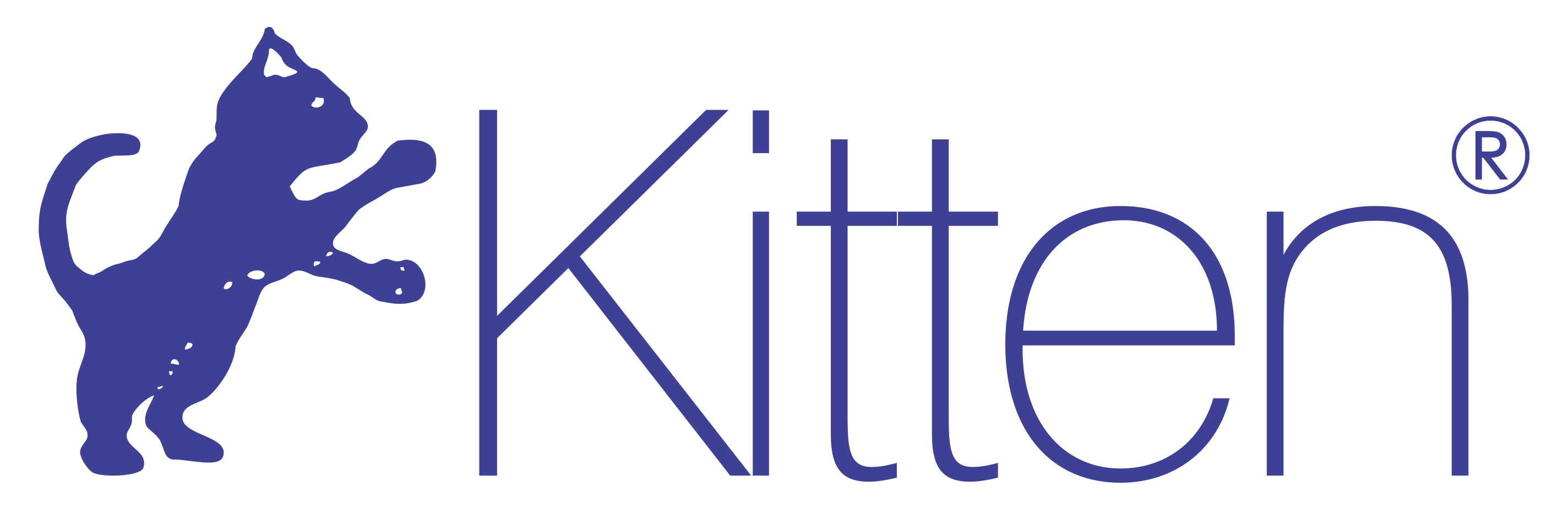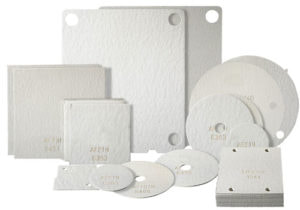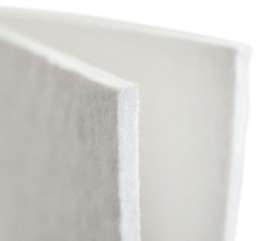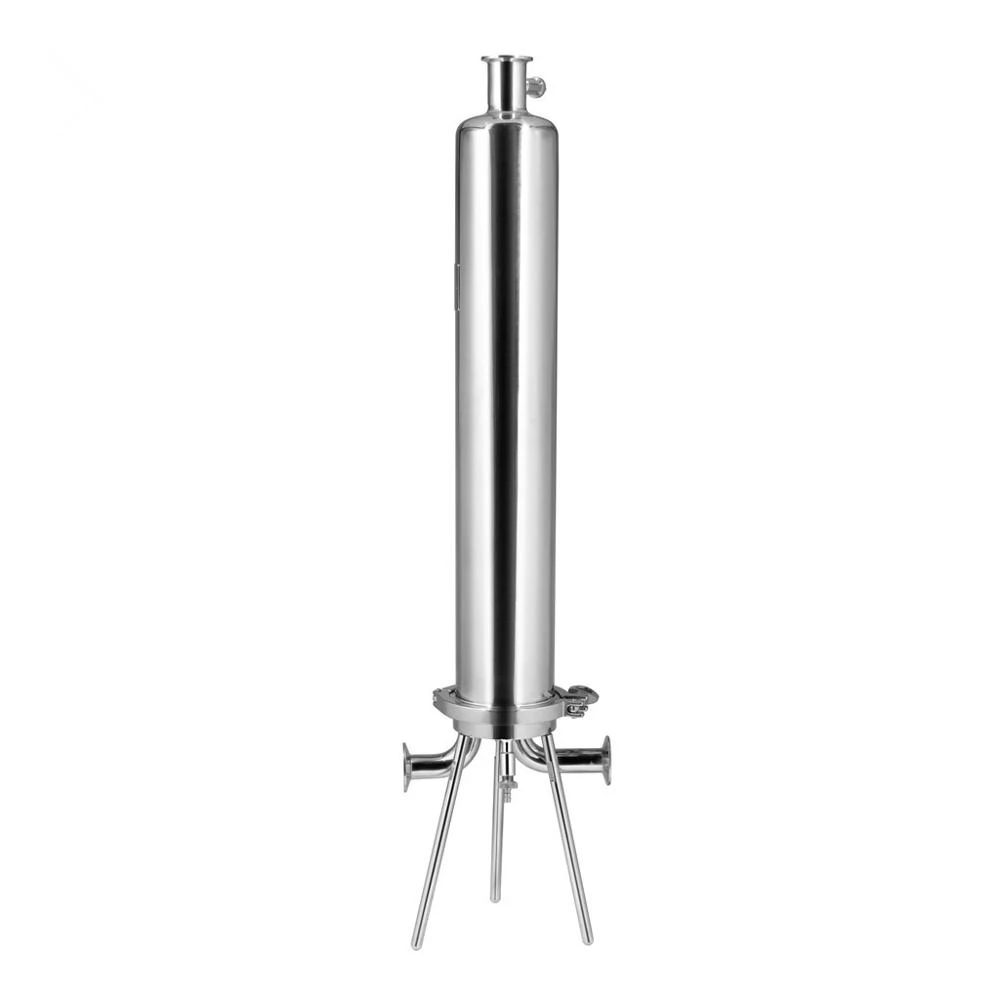Description
Activated carbon can be produced from a variety of raw materials, the main sources being: coconut shell, Bituminous and Lignite coal, wood and peat. The purpose of the “activation” process is twofold: to create the unique internal pore structure with massive surface area and to increase the adsorptive properties by removing hydrocarbon adhering to the carbon. Steam activation using oxidising gases (water vapour and carbon dioxide) takes place in a rotary kiln at temperature of between 800 and 1000 °C for up to 100 hours and produces predominately higher purity powders with a high level of micro porosity. Chemical activation, using chemicals such as Zinc Chloride or Phosphoric Acid, produces powders with a higher proportion of meso and macropores, ideal for the adsorption of larger molecules.








